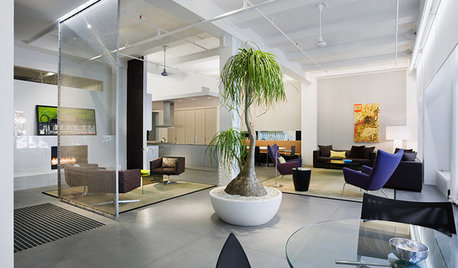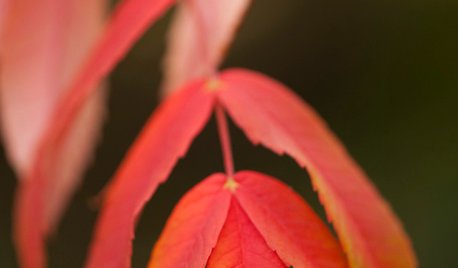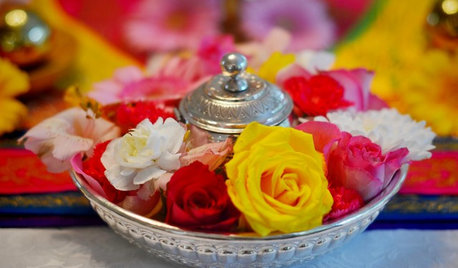Why is overwatering bad?
joel_bc
13 years ago
Related Stories

GARDENING GUIDESWhat's Wrong With My Plant? Leaves Often Hold the Clues
Learn how to identify common plant ailments by reading their leaves
Full Story
HOUSEPLANTSGot Bright Light but Lack Spare Time? Try Ponytail Palm
This low-maintenance houseplant has an exotic look and a drought-tolerant nature. Just give it lots of sun
Full Story
RED FOLIAGEGreat Design Tree: Staghorn Sumac
This fall superstar burns bright red and orange in the landscape — just keep an eye on its spread while you watch the show
Full Story
LANDSCAPE DESIGNCalifornia Says Goodbye to the Sprawling Ornamental Lawn
New state rules will effectively limit turfgrass to 25 percent of the landscape in most new and renovated yards
Full Story
CONTAINER GARDENSHappy Houseplants, Happy People
Potted plants add life and beauty to a room. Learn easy ways to keep them healthy
Full Story
MOST POPULARThe Perfect Houseplant for People Who Kill Houseplants
If you can fill a jar with water, you can keep golden pothos vine happy — and it will pay you back with cleaner air and a greener home
Full Story
FARM YOUR YARDHow to Grow Vegetables in Containers
Get glorious vegetables and fruits on your patio with a pro’s guidance — including his personal recipe for potting mix
Full Story
HOUSEPLANTS10 Top Plants to Grow Indoors
Brighten a room and clean the air with a houseplant that cascades artfully, stretches toward the ceiling or looks great on a wall
Full Story
HOUSEPLANTS8 Essentials for Healthy Indoor Plants
Houseplants add so much to our homes — and can thrive when grown in the right conditions. Keep these tips in mind
Full Story
FEEL-GOOD HOMERejuvenate Your Home With Deep-Rooted Traditions
Give the subtle energies and spiritual side of your home some attention, and watch newfound calm and beauty blossom
Full StoryMore Discussions










amccour
tapla (mid-Michigan, USDA z5b-6a)
Related Professionals
Fort Lee Landscape Architects & Landscape Designers · Saint Louis Park Landscape Architects & Landscape Designers · Goodyear Landscape Contractors · Stoughton Landscape Contractors · Williamsburg Landscape Contractors · Barrington Landscape Contractors · Hawthorne Landscape Contractors · New Providence Landscape Contractors · Petaluma Landscape Contractors · Pleasant Prairie Landscape Contractors · Soddy Daisy Landscape Contractors · West Allis Landscape Contractors · Bel Air North Interior Designers & Decorators · Hagerstown Interior Designers & Decorators · Mount Laurel Interior Designers & Decoratorscactusmcharris, interior BC Z4/5
joel_bcOriginal Author
tapla (mid-Michigan, USDA z5b-6a)
joel_bcOriginal Author
joel_bcOriginal Author